INTRODUCTION
Arable farmed coastal plains, pastures and woodlands, steep chalk downs, river seascapes and dramatic sea cliffs: the Isle of Wight is the south of England in condensed form. Situated just off the coast of Portsmouth within the English Channel, it is the largest Island in England, and like most islands, it benefits from a unique climate – a little milder than on the mainland. The intimate mix of landscape types, from small hedge-lined fields to wide farmable vistas, is a testament to how the combined forces of nature and man have influenced the Island over time. Here, the development pressures experienced on the south-east of England have had less influence on the Island’s natural and cultural heritage. In 2019, the Isle of Wight became a UNESCO Biosphere, enshrining the decades of work in the preservation of its unique and diverse ecosystems, and celebrating the local endeavours to live harmoniously within them.

Geographical Coordinates
50.69° N 1.30° W
GALLERY
The Isle of Wight in Photos
Discover the Isle of Wight’s outstanding natural beauty – beaches, dramatic white cliffs, tranquil sand dunes, rolling fields, wild prairies and small villages.
CRITERIA
What makes The Isle of Wight Special?
Biosphere Reserves are all about improving the relationship between people and their local environment. The Isle of Wight is internationally renowned for its diversity in landscapes within the microcosm of the Island. It is also renowned for the extraordinary efforts made by local stakeholders to preserve and enhance the unique environment of the whole of the Isle of Wight and its local seas. Highlighting and strengthening the links between a healthy natural terrestrial and marine environment and the social and economic well- being of people, is at the heart of the Isle of Wight’s ambitions.
MICROCOSM
The Isle of Wight is Unique

The Isle of Wight is home to an incredibly diverse range of ecosystems, including maritime cliffs and slopes, coastal and flood plain grazing marsh, lowland heathland, saline lagoons, intertidal mudflats, coastal sand dunes, intertidal flats and seagrass beds, and coastal vegetated shingle. The lack of intensive farming, development, road infrastructure projects and invasive mammal species have left the Isle of Wight’s landscape rich in wildlife with important populations of woodland and riparian mammals, farmland birds and agriculturally unimproved grasslands, which thrive on a landscape scale.
WILDLIFE
The Isle of Wight’s Wildlife
The Island has a range of internationally, nationally and locally important nature conservation sites, including Special Areas of Conservation, Newtown National Nature Reserve, 41 Sites of Special Scientific Interest and 395 Local Wildlife Sites that are recognised for their important habitats and species. Some species are unique to the Island or are thriving due to the protection given to them by the Solent, including the red squirrel, dormouse, various bat species, Glanville fritillary butterfly and early gentian.
HUMAN LIFE
Harmonious Living

Although most of the Island is rural, there is a wide range of settlements, including small villages, medieval planned and post-medieval towns and 19th-century seaside resorts. The Isle of Wight has a strong environmental movement, supported by the Isle of Wight Council, which in recent years has encouraged bus use, walking and cycling for the health of Islanders as well as the environment; has reduced levels of waste to landfill and increased opportunities for local sustainable transport.
PUBLIC ENGAGEMENT
The Isle of Wight’s Public Initiatives
A major objective of a Biosphere is to better connect urban-dwellers with the natural environment on their doorsteps and beyond. The Isle of Wight runs a wide range of public engagement events and activities to bring the natural world closer into the heart of its settlements, including the Bioblitz 2017, Wolverton Garden Fair 2017, IW AONB Annual Forum 2018, Visit Isle of Wight Conference 2018, All Along the River Bank 2018, Hullabaloo 2018 and the Mardi Gras Carnival 2018.
FACTS
The Isle of Wight in numbers…
SQUARE KM
KM COASTLINE
WILDLIFE SITES
The high-profile unifying framework that the Biosphere status provides, supports the Island in developing and strengthening the skills, tools and resources that are necessary to understand, use and manage its unique natural environment.
PUBLIC INITIATIVES
Discover some of the Isle of Wight’s public initiatives
EVENTS
Mardis Gras Carnival
This year’s Mardi Gras ‘Global Biospheres’ theme was inspired by the work of Isle of Wight Area of Outstanding Natural Beauty (AONB) to achieve UNESCO Biosphere Reserve status for the Island. The carnival is an Isle of Wight staple. Each major town hosts an evening of colourful frivolity as a stream of floats make their way through the centre of town.

EDUCATION
School Programmes

Each school or group will work under headings including Historic Environment, Food and Farming and Dark Skies. They will partner up with a local organisation that is connected to the Biosphere bid and will offer expertise and even a field trip to provide the students with information and help inspire their costume ideas. Partners range from the Isle of Wight Zoo and the Archaeology Discovery Centre to Hampshire and Isle of Wight Wildlife Trust and Dinosaur Isle and Briddlesford Farm.












